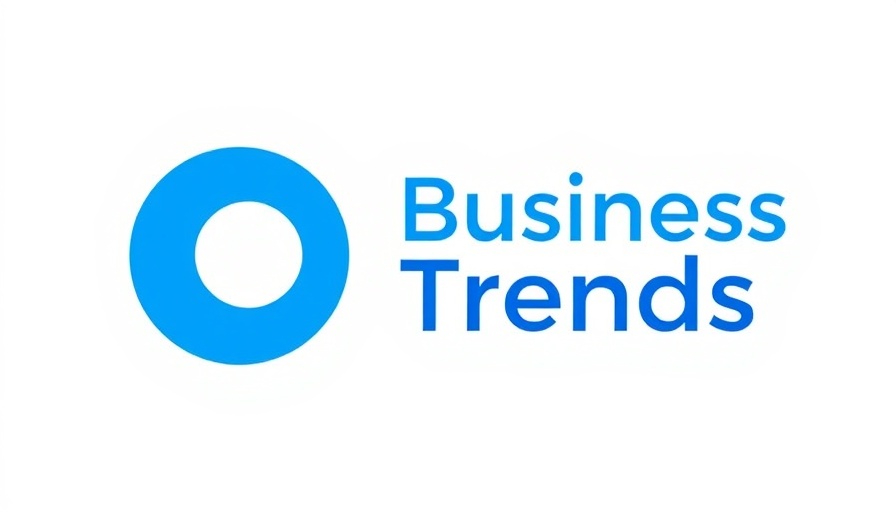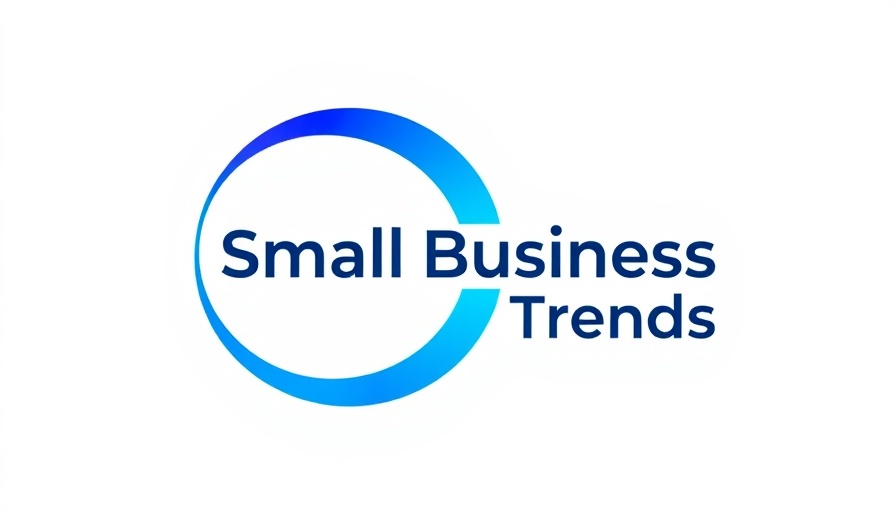
Revisiting the Data-Driven Marketing Dream
Marketers have long been led to believe that by accumulating vast amounts of data, enhanced insights for sound decision-making would follow. However, as the reality reveals, the chase for a perfect, 360-degree view of each customer has remained largely elusive. Instead of clarity, many marketers find themselves overwhelmed by an abundance of numbers that ultimately lead to confusion and inefficiency.
Why Data's Quantity Doesn't Equal Quality
The concept of boosting data intake seems straightforward. However, the average enterprise marketing team is already grappling with insights drawn from 10 or more data sources, including CRM systems, analytics platforms, and social media tools. This overabundance has led to a staggering 67% of CMOs feeling swamped by the volume of data, a scenario where the sheer amount replaces meaningful insight.
The misalignment stems from an inability to unify and contextualize data within a coherent strategy. The reality that many firms face is that investing in technology alone—such as sophisticated dashboards or advanced AI-driven analytics—doesn't necessarily solve the fundamental issues posed by low-quality, disconnected data systems.
Breaking Down the Data Silos for Smarter Insights
Data silos are among the biggest hurdles for marketers, often resulting in conflicting metrics and confusion over what drives conversions or who might churn. To move forward, organizations must pivot toward creating a unified data system that fosters real-time insights. This ensures that marketing, sales, and customer service have access to a single source of truth, allowing for a strategy that is responsive and informed.
Understanding what drives value is critical. For instance, identifying key performance indicators (KPIs) related to content marketing could greatly enhance insight into customer engagement. Are you measuring the right metrics? If not, it may be time to reassess what success looks like and how it can be tracked effectively with a refined data strategy.
Prioritizing Data Context Over Volume
The solution is not to simply add more dashboards; it is about the quality and contextual relevance of the data being analyzed. Organizations can benefit from focusing on actionable insights that can directly inform marketing strategies. Many companies are starting to implement practices that prioritize data relevance by examining how consumer behaviors are reflected in various metrics and content types.
Successful marketers are learning to analyze data with a concentrated lens, examining customer pathways holistically rather than relying on surface-level metrics. Understanding the emotional and economic motivations behind customer behaviors can provide a more nuanced picture, thus informing strategies that resonate on a deeper level.
Future Predictions: A Shift Toward Unified Data Strategies
As the landscape continues to evolve, the demand for a holistic view will only increase. Companies that focus on establishing systems capable of unifying and contextualizing data will outpace those that continue to languish under the burden of disconnected information.
As artificial intelligence technologies develop, so too will the capabilities of data analytics tools. The future will hold greater emphasis on leveraging AI not just for data collection, but for generating actionable insights that truly align with business objectives.
In conclusion, the journey toward a data-driven marketing strategy is far from over. Embracing a unified data approach that emphasizes context and insight over sheer volume could revitalize the once-chased dream of leveraging data effectively.



Write A Comment